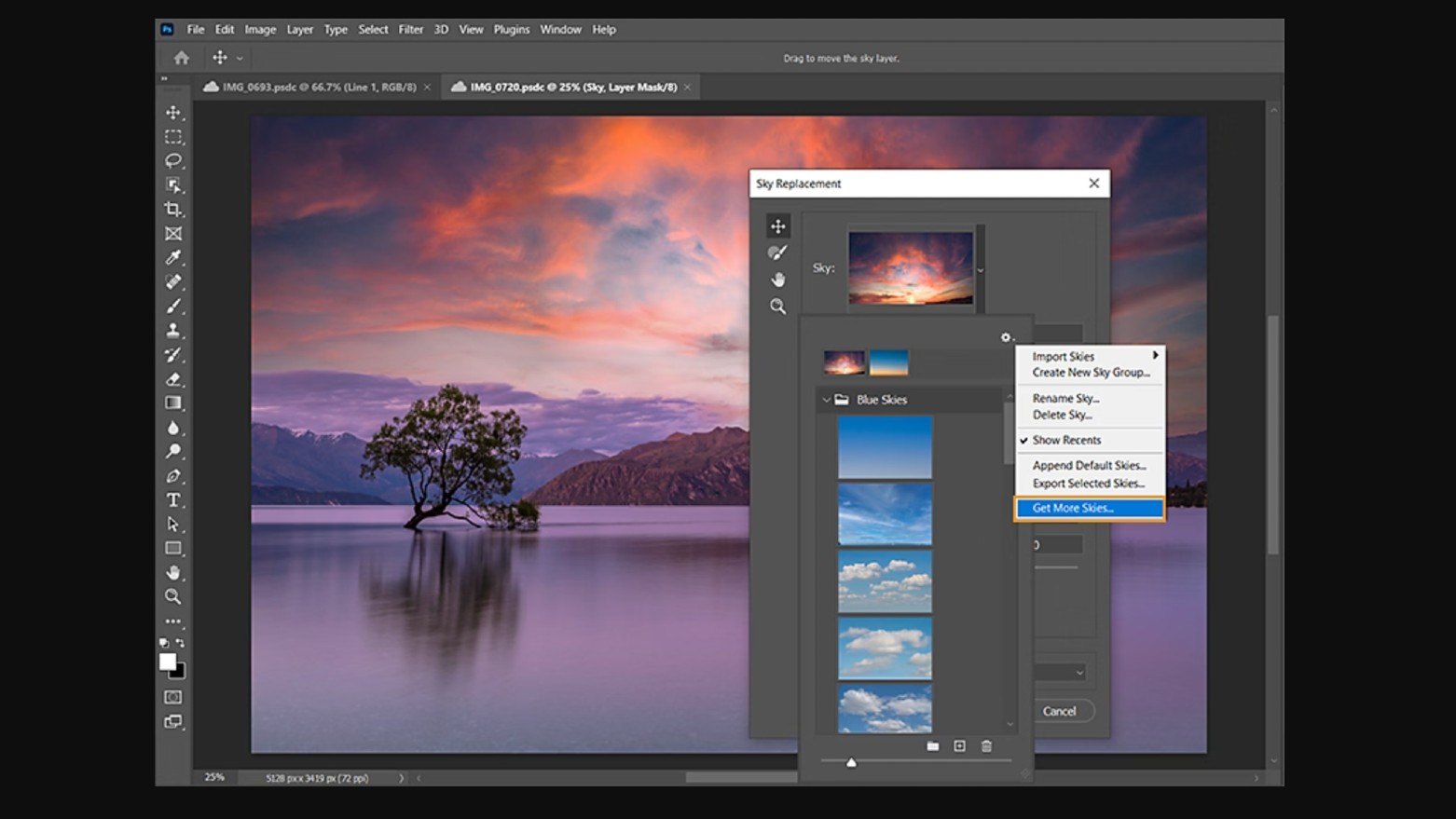The importance of a photography series – why one image isn’t always enough!
Shooting with a series in mind has completely altered my approach to photography
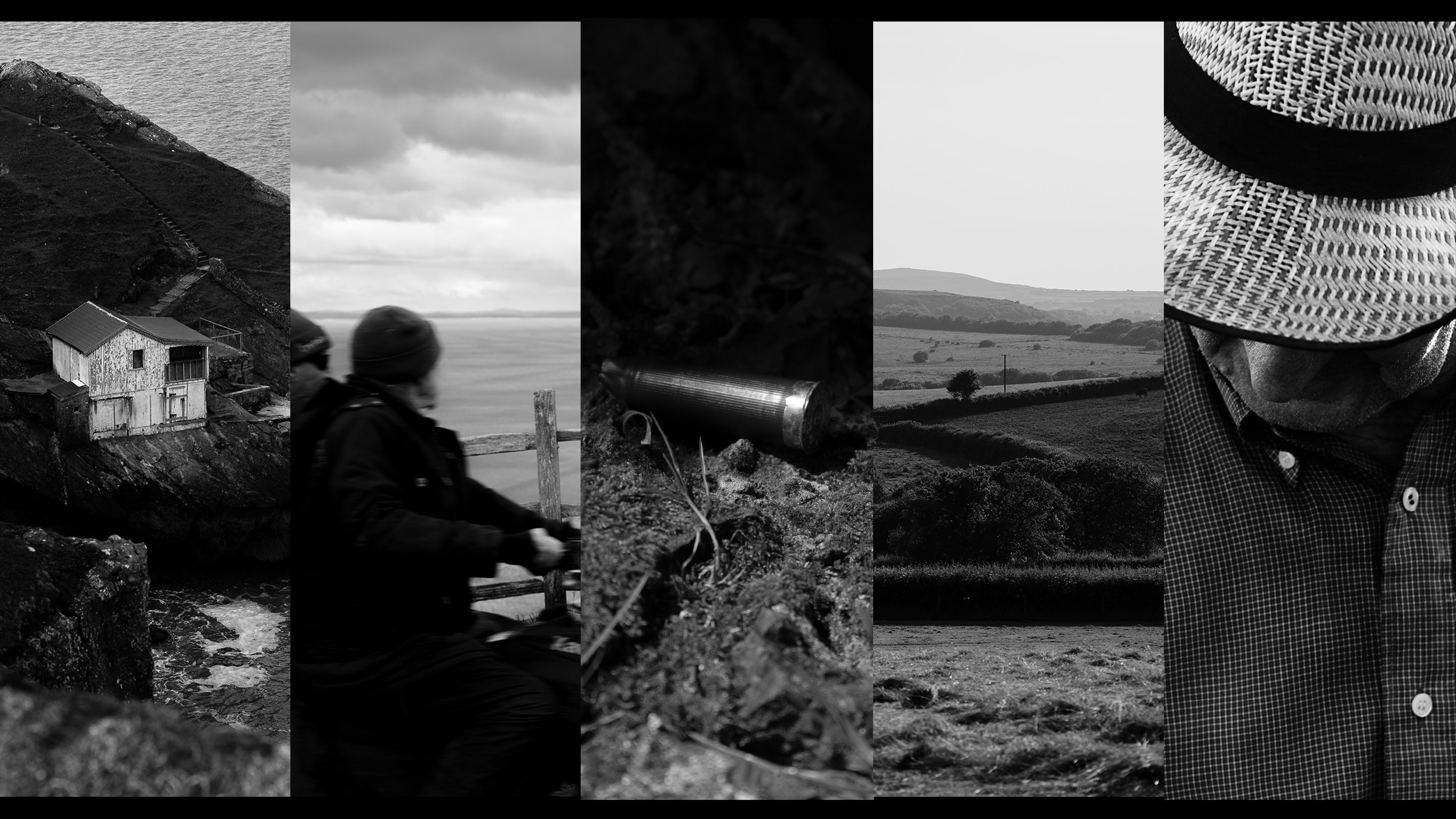
As a photographer, I used to focus on capturing single, powerful images – ones that could stand alone and tell an entire story. But over time, I realized that some stories need more room to breathe. A photographic series allows for depth, rhythm and nuance that a single frame simply can’t achieve.
Think of a book with only one chapter or a film that ends after the first scene. Some narratives unfold gradually, requiring time and context; the same applies to photography. A series creates a visual narrative, guiding the viewer through a journey rather than offering just a glimpse.
A great photo series builds momentum, layering meaning and emotion across multiple images. Consider Alec Soth’s Sleeping by the Mississippi, where each frame contributes to a larger meditation on Americana and wanderlust. Federico Clavarino’s Italia O Italia is another example – its sequencing forms a fragmented yet cohesive vision of Italy, where each image gains strength from its placement within the series.
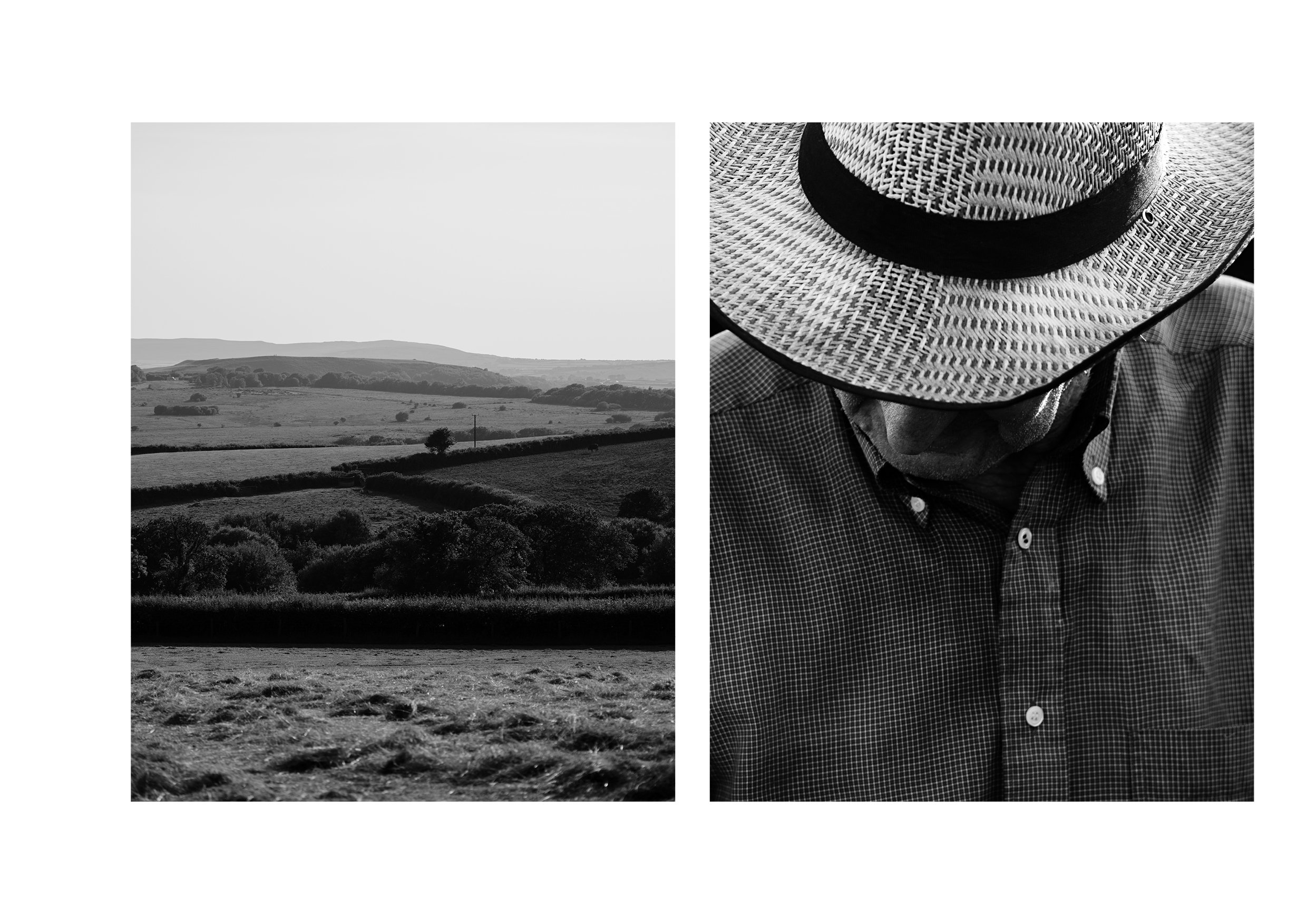
In my own work, I’ve found that some projects only reveal themselves through sequencing. My personal project on Gower, in Wales, for example, wouldn’t have the same impact if reduced to one frame. The themes of place, belonging and man's connection to the landscape come to life through multiple images, enabling subtle moments to shape a larger story.
A photographic series also changes how we engage with time. A single image is an instant, but a series suggests duration. The viewer begins to piece together connections, not just between subjects but between moments. The beauty of sequencing is that it introduces a rhythm, much like poetry or music. The interplay of light and shadow, wide shots and close-ups, the quiet and tension, all add layers of nuance to the work.
Editing and sequencing are where the magic happens. The placement of one image next to another can shift the entire tone of a series. A serene photo might take on a haunting quality when paired with a darker image. That interplay between frames creates contrast, tension and harmony, transforming a collection of images into something more than the sum of its parts.
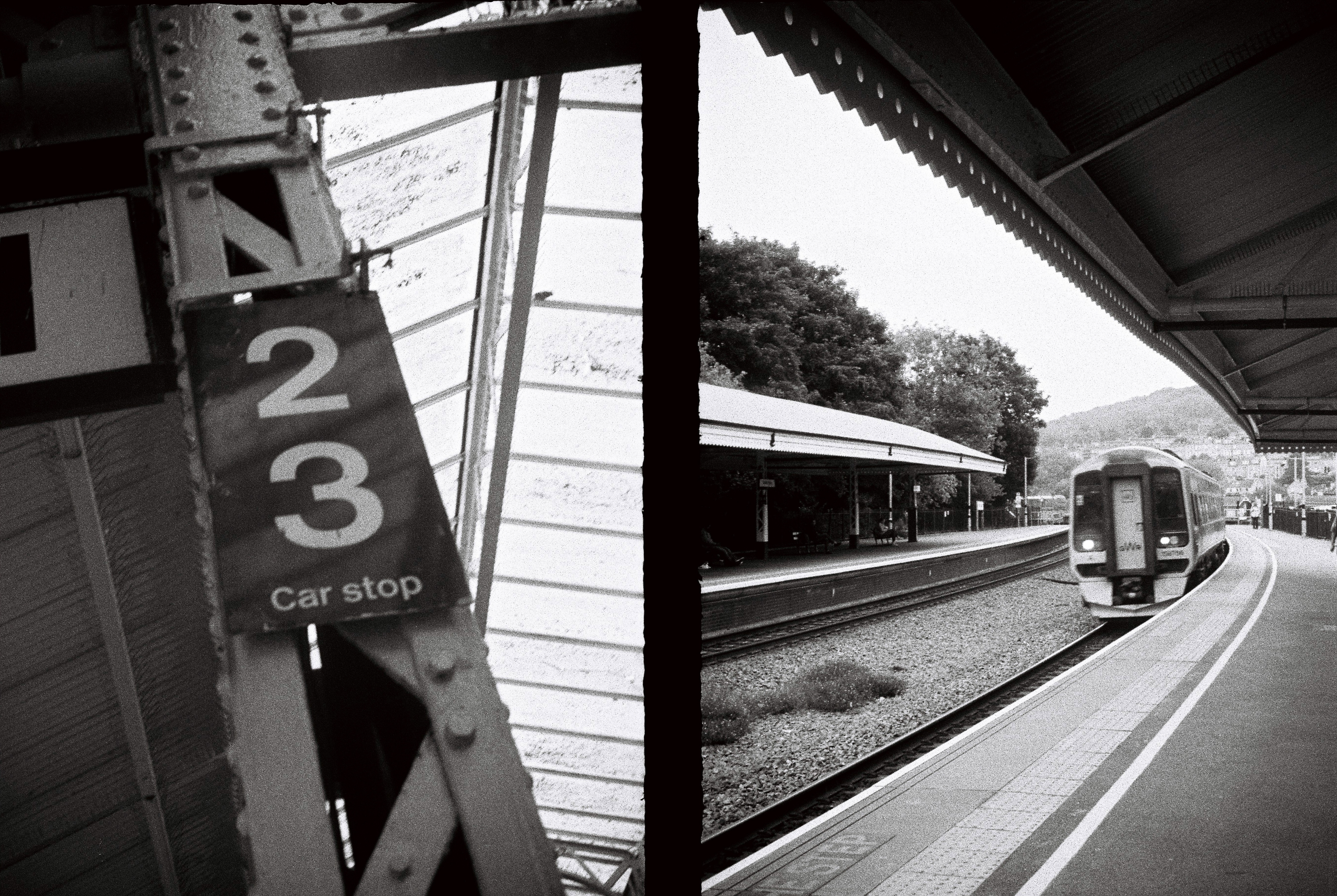
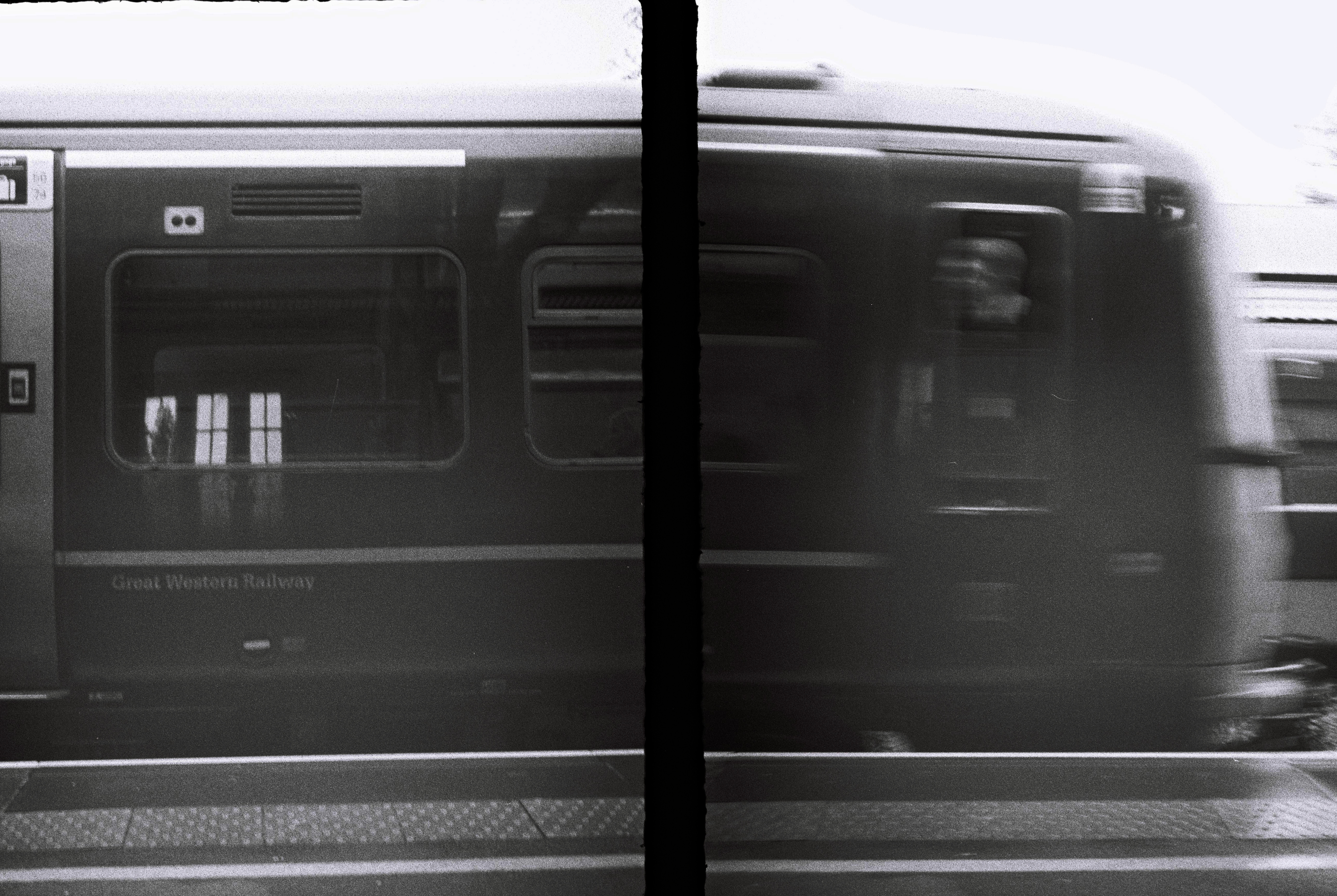
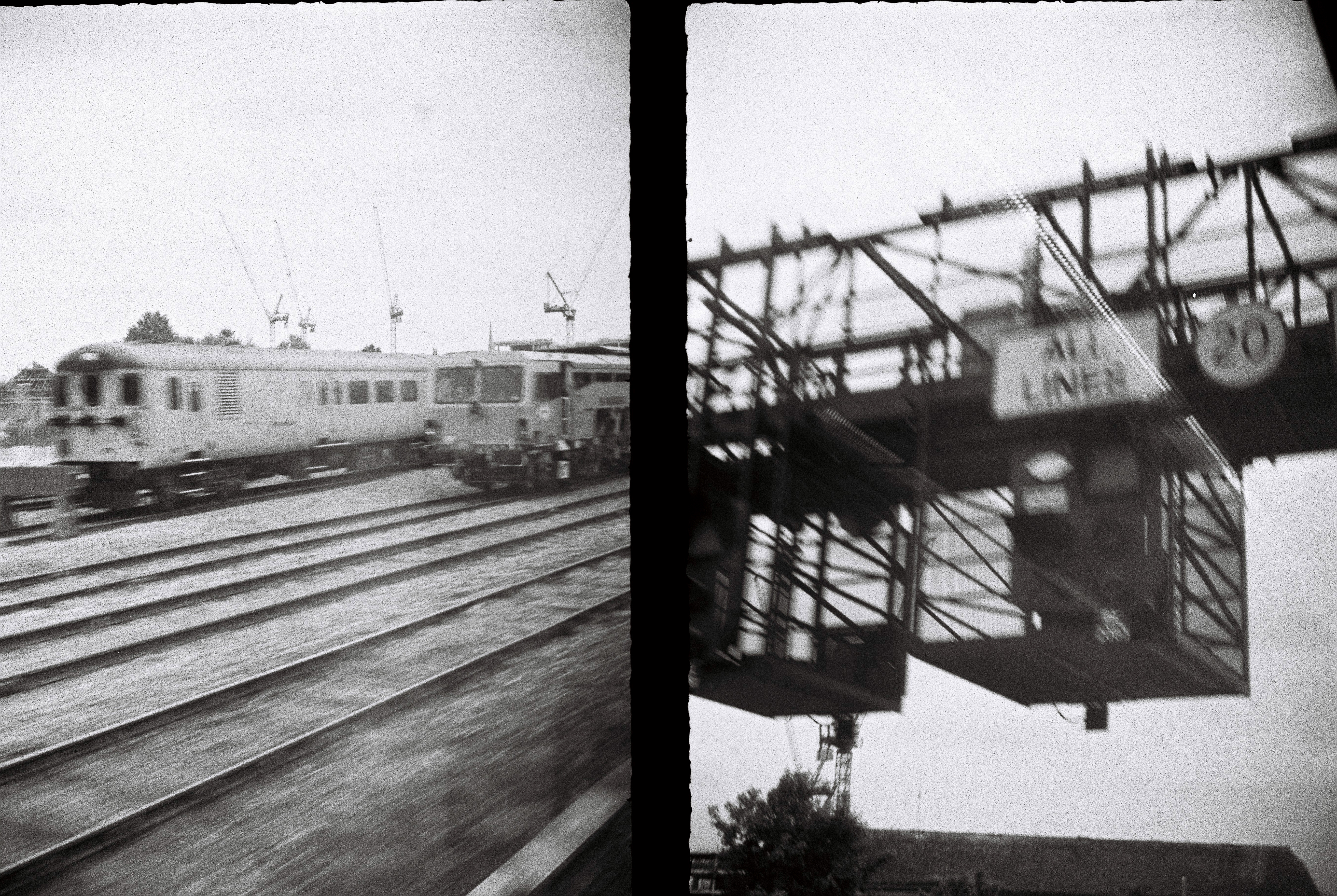
Thinking in sequences has completely changed how I approach photography. It’s no longer just about strong individual images but about the flow and communication between them. Some photos might not stand as well on their own, but within a series they serve a crucial role, acting as transitions, pauses or accents that help build a world. It allows space for reflection, invites deeper engagement and ultimately tells a richer, more immersive story.
Get the Digital Camera World Newsletter
The best camera deals, reviews, product advice, and unmissable photography news, direct to your inbox!
If you haven't already, try it in your own work. Experiment with sequencing, play with context and see how your images interact with each other. You might just find that working in series changes the way you see and shoot forever.
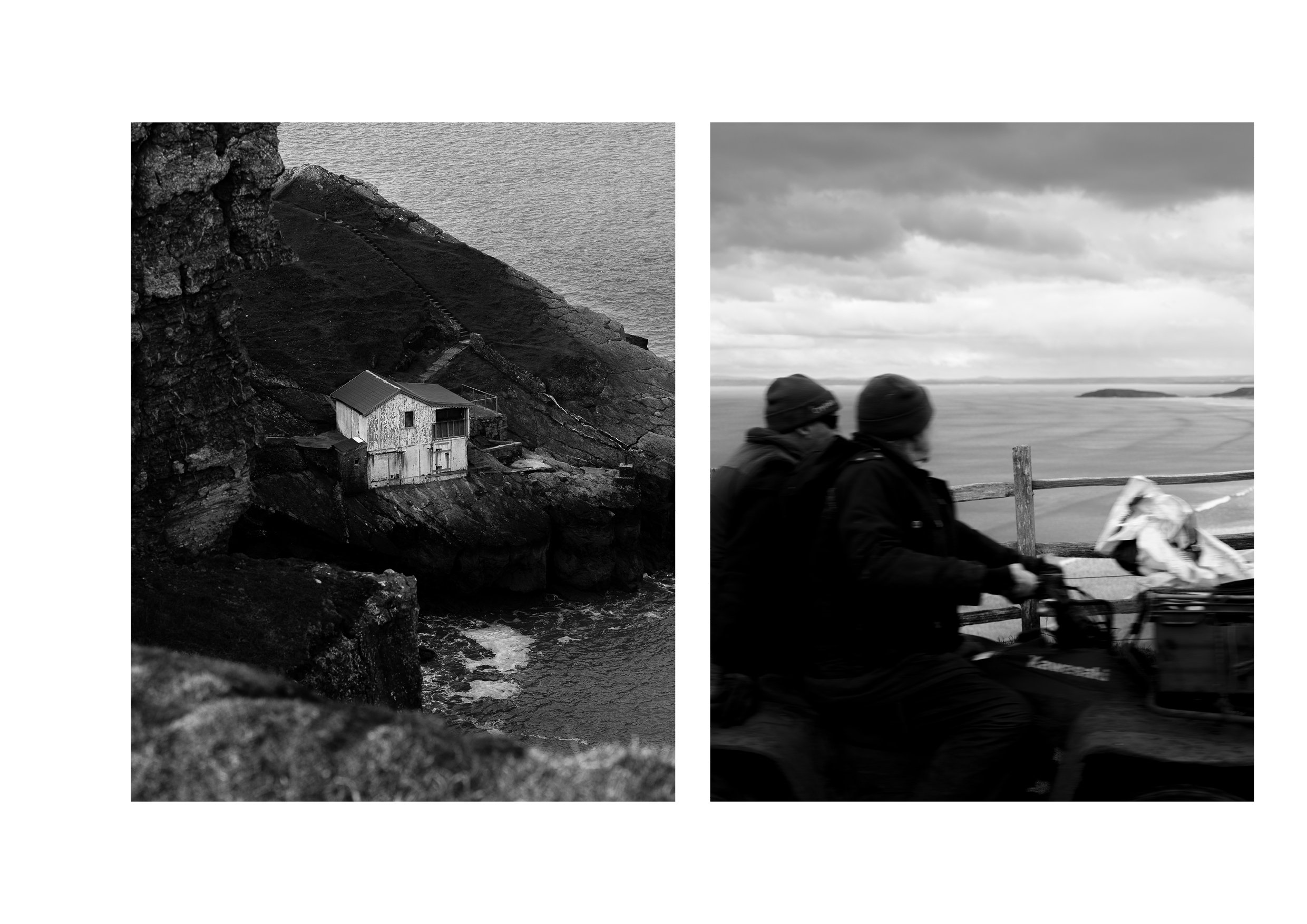
you might also like
If you favor landscapes, take a look at the best cameras for landscape photography, along with the best lenses for landscapes. Check out my other opinion articles: I changed aspect ratios to beat a creative slump, and I think you should too! and As a photographer, I'd choose Oppo's new Hasselblad camera phone over the iPhone 16 Pro – here's why!
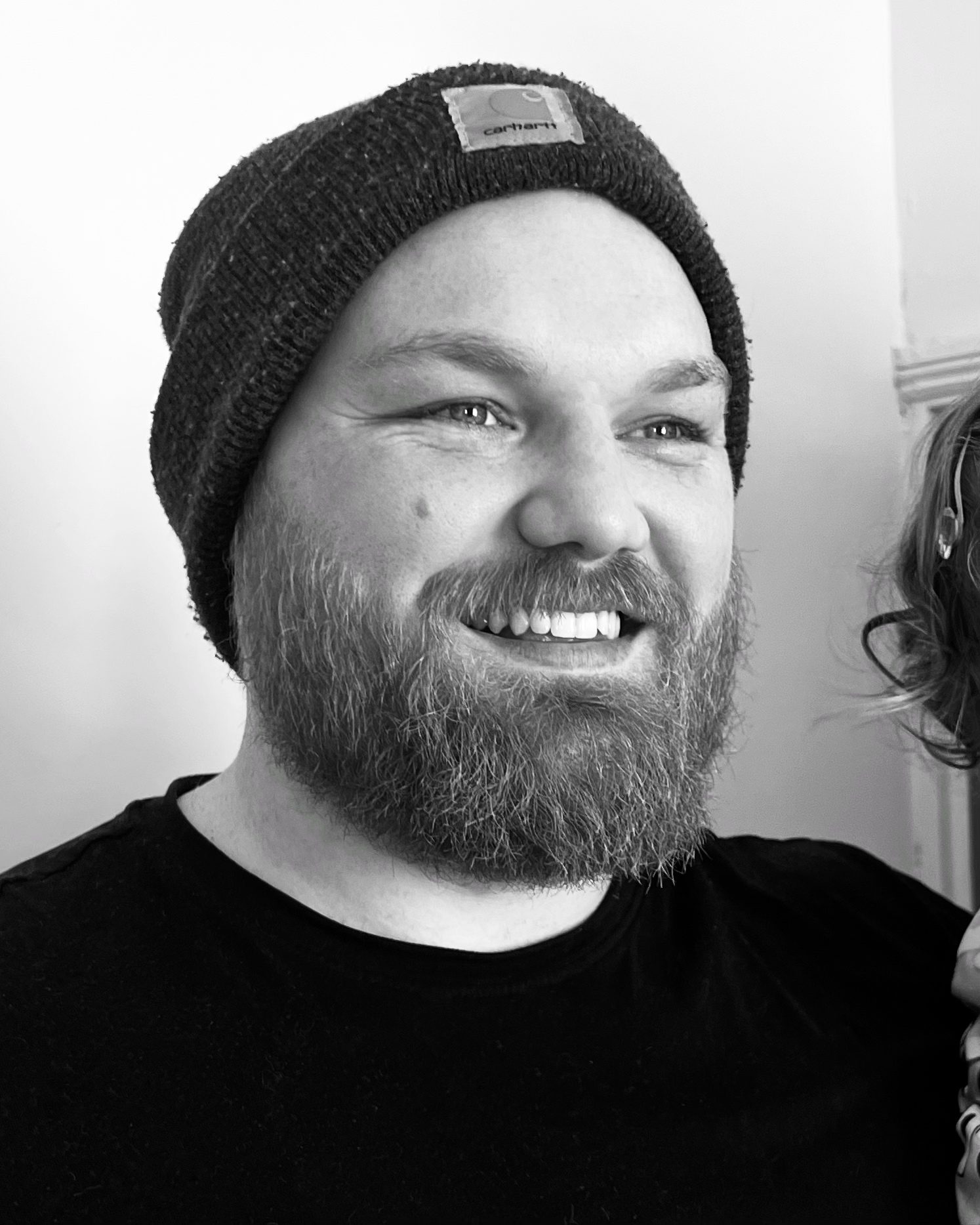
Kalum is a professional photographer with over a decade of experience, also working as a photo editor and photography writer. Specializing in photography and art books, Kalum has a keen interest in the stories behind the images and often interviews contemporary photographers to gain insights into their practices. With a deep passion for both contemporary and classic photography, Kalum brings this love of the medium to all aspects of his work.
You must confirm your public display name before commenting
Please logout and then login again, you will then be prompted to enter your display name.
